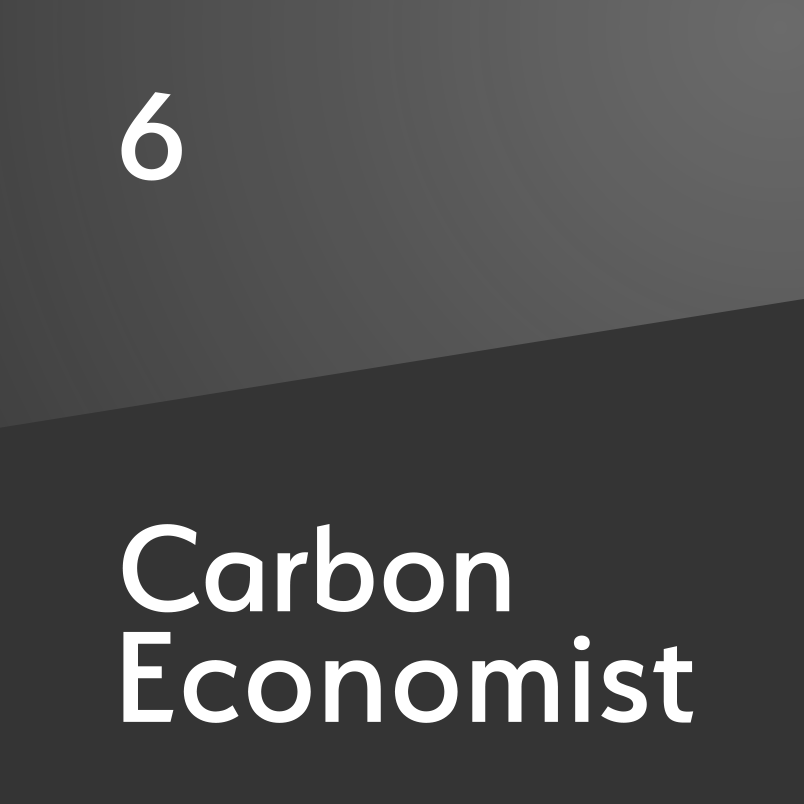Outlook 2022: Middle East and Asia joined at the hip
Greening strategies in the east are creating strong prospects for states to increase gas exports
The Middle East is uniquely positioned in the energy transition. The global fight to tackle climate change is both a concern and an opportunity for oil and gas producers in the region, especially those sitting on massive hydrocarbon reserves in countries with poorly diversified economies. And while growing international pressure to quit fossil fuels is increasing the risk of Gulf assets becoming stranded, the slower pace of decarbonisation in Asia is opening up new export possibilities. In the Middle East, the energy transition is closely tied to oil and gas exports. Decarbonisation requires massive financing, and countries in the region rely heavily on the sale of fossil fuels for revenue.

Also in this section
5 December 2025
Mistaken assumptions around an oil bull run that never happened are a warning over the talk of a supply glut
4 December 2025
Time is running out for Lukoil and Rosneft to divest international assets that will be mostly rendered useless to them when the US sanctions deadline arrives in mid-December
3 December 2025
Aramco’s pursuit of $30b in US gas partnerships marks a strategic pivot. The US gains capital and certainty; Saudi Arabia gains access, flexibility and a new export future
2 December 2025
The interplay between OPEC+, China and the US will define oil markets throughout 2026







